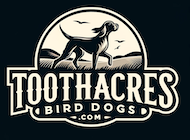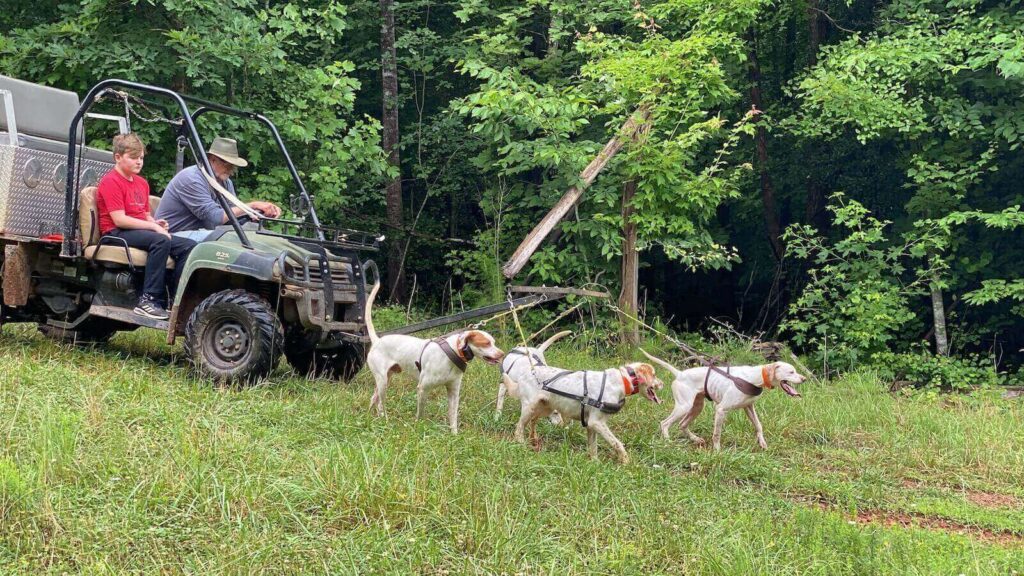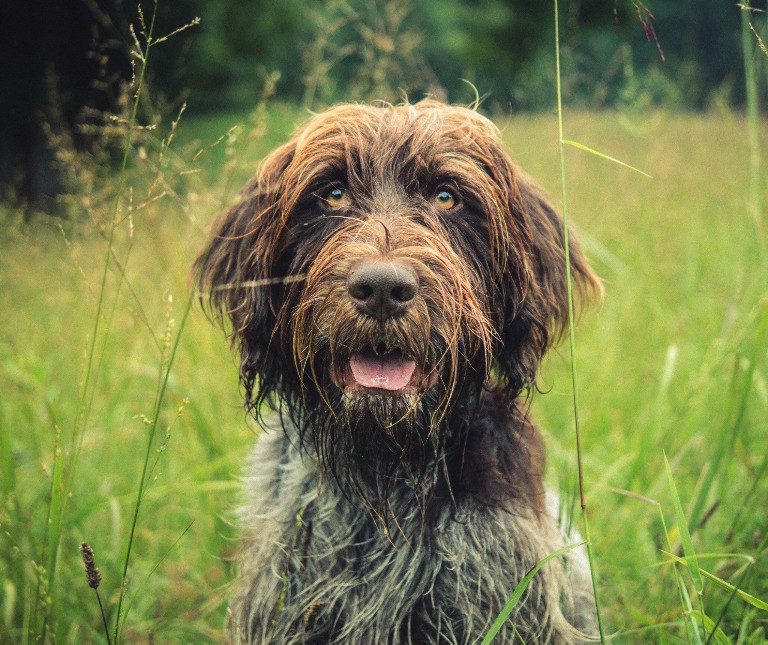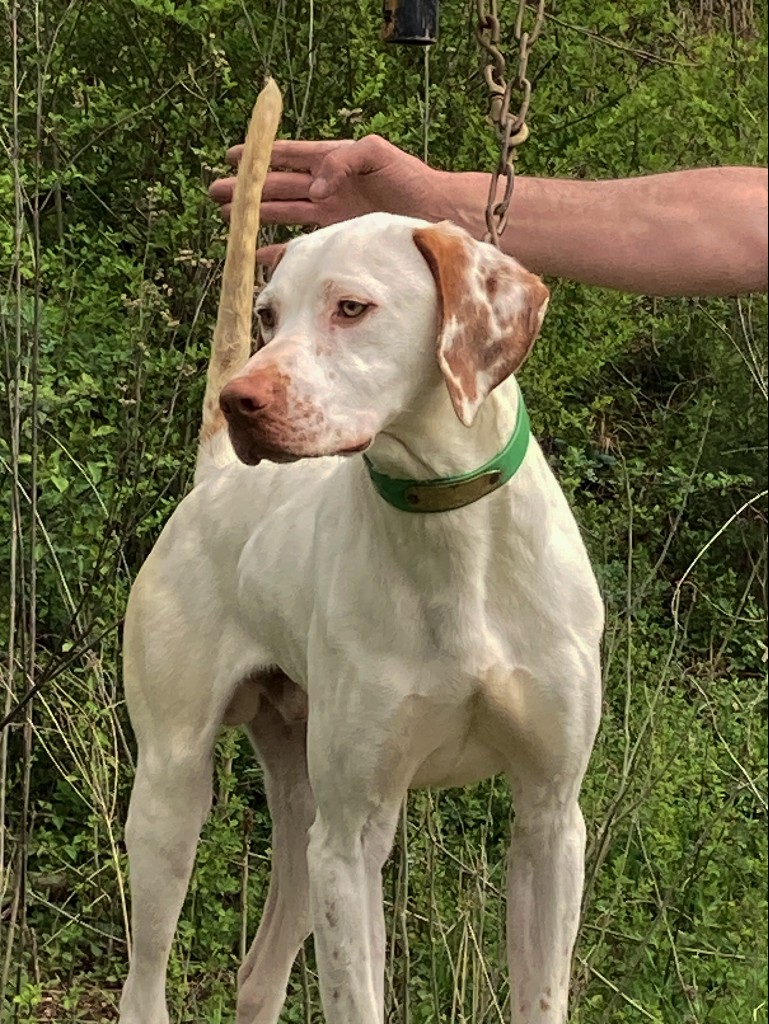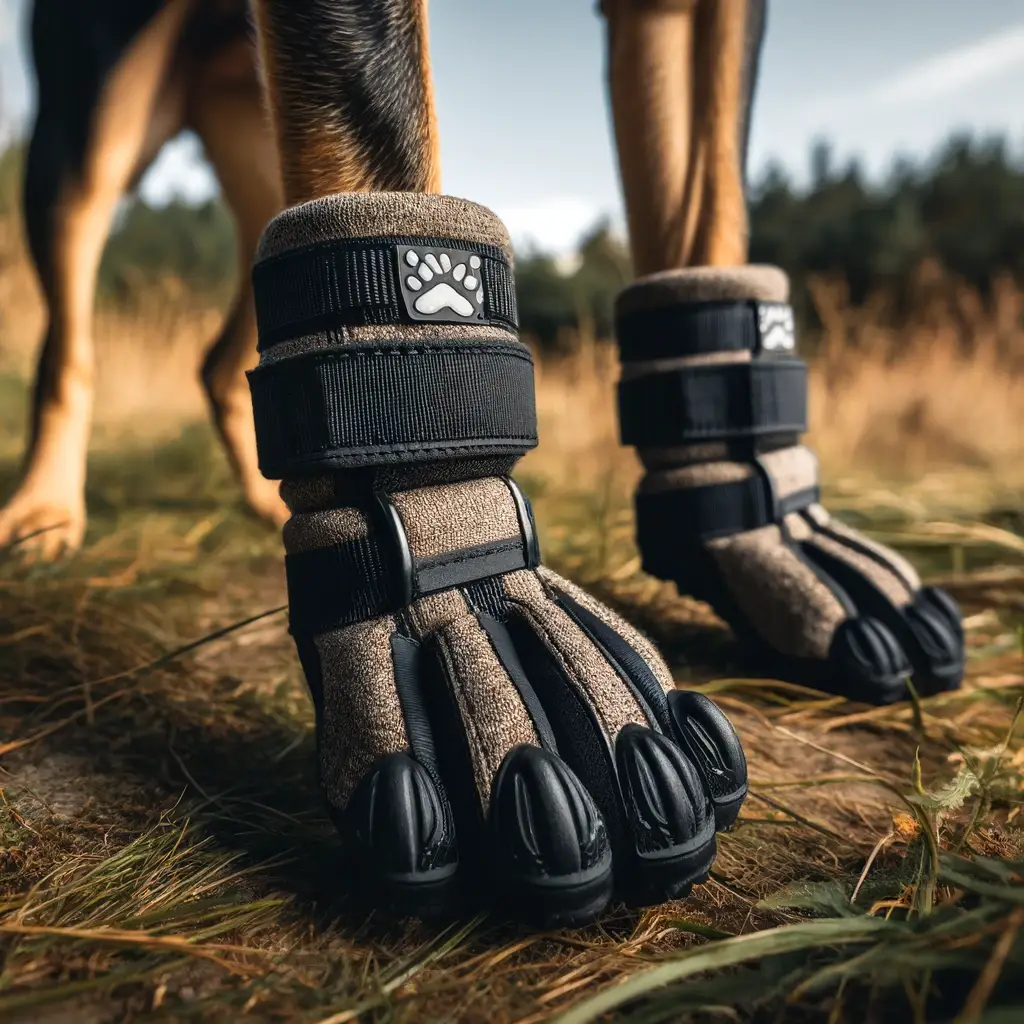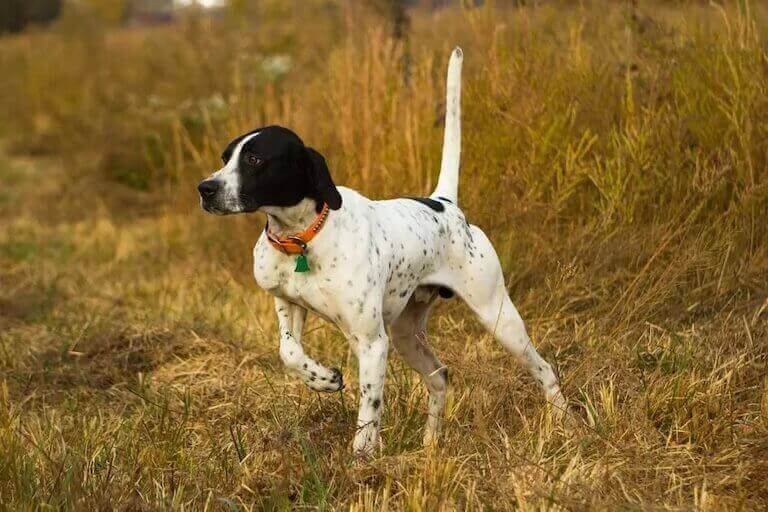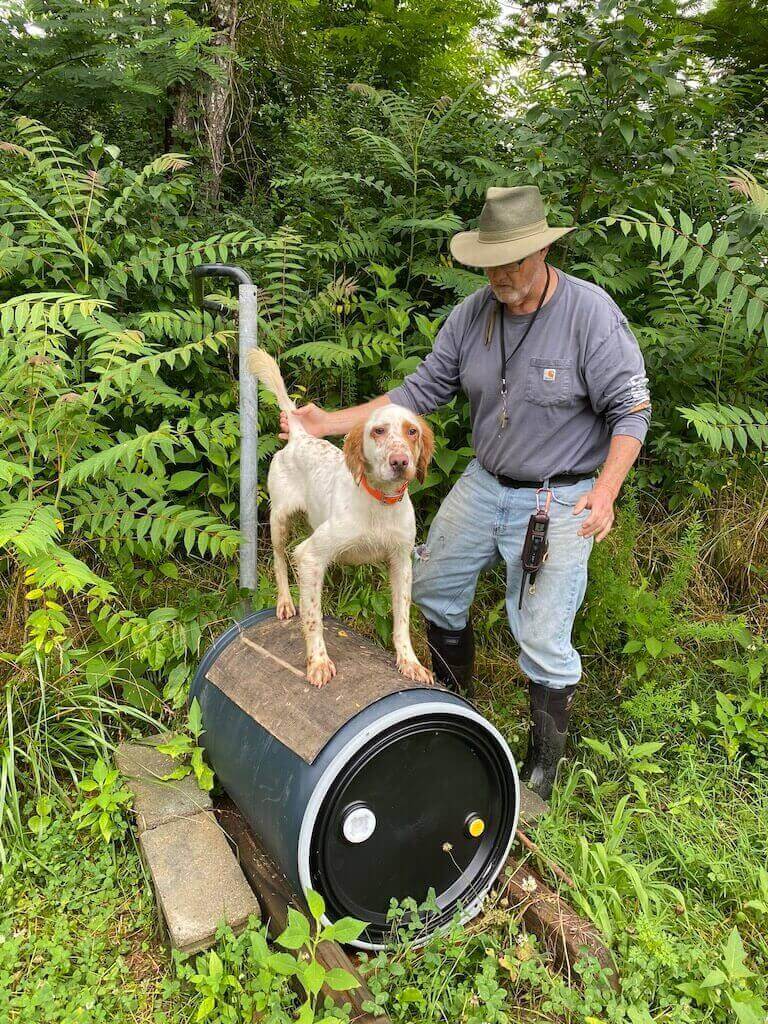We’re diving into the world of “roading”—a crucial training technique that helps keep your bird dog in peak condition and ready for the field. Whether you’re new to the concept or looking to fine-tune your roading routine, you’ve come to the right place. Let’s explore what roading is, why it’s important, and how you can get started with this effective exercise method.
What is Roading?
- Definition: Roading is a method of exercising bird dogs by having them trot or run alongside a moving vehicle, such as an ATV, truck, or bicycle. This controlled exercise builds stamina, muscle strength, and cardiovascular health.
- Benefits: Roading isn’t just about physical conditioning; it also keeps your dog engaged and focused, preparing them mentally and physically for the demands of hunting season.
Why Roading is Important for Your Bird Dog
- Physical Conditioning: Regular roading helps maintain your dog’s peak physical condition, which is essential for those long, demanding days in the field.
- Mental Stimulation: Roading keeps your dog mentally sharp, accustomed to endurance activities, and ready to face the challenges of hunting.
- Behavior Management: A well-exercised dog is less likely to develop behavioral issues due to pent-up energy, making them a better companion both in and out of the field.
Getting Started with Roading
- Health Check: Before you start, ensure your dog is in good health. A quick vet check-up can confirm they’re fit for this type of exercise.
- Essential Equipment: You’ll need a sturdy harness, a lead, and a vehicle. An ATV or bicycle is often ideal for maintaining a steady, controlled pace.
- Training Tips:
- Start Slow: Begin with short sessions to let your dog get accustomed to trotting alongside or in front of the vehicle.
- Gradual Progression: Gradually increase the duration and intensity as your dog builds stamina and confidence.
- Safety Precautions: Always prioritize your dog’s safety. Road only in safe, low-traffic areas and watch for any signs of fatigue or distress.
Tips for Effective Roading
- Consistency is Key: Regular sessions are crucial. Aim for 2-3 times a week, adjusting based on your dog’s fitness level.
- Warm-Up: Just like humans, dogs benefit from a warm-up. Start with a brisk walk before transitioning to a trot.
- Stay Hydrated: Always keep water on hand, especially during warmer months, to ensure your dog stays hydrated.
- Pacing: Find a comfortable pace that challenges your dog without overexerting them. The goal is to improve fitness, not cause injury.
Common Mistakes to Avoid in Roading
- Over-Roading: It’s easy to overdo it, so pay attention to your dog’s limits. Avoid pushing them too hard and allow for adequate rest.
- Ignoring Weather Conditions: Extreme heat or cold can be harmful. Adjust your roading schedule according to the weather to protect your dog’s health.
- Skipping Rest Days: Recovery is crucial for maintaining your dog’s health and performance. Ensure they have time to rest and recuperate between sessions.
Conclusion: Roading is a fantastic way to keep your bird dog in prime condition, ready to take on the challenges of hunting season. It’s not just about building physical fitness—it’s about fostering a strong, healthy, and happy companion who’s eager to work alongside you in the field. So, gear up, hit the trails, and watch your bird dog thrive!
Stay tuned for more tips, tricks, and insights into the wonderful world of bird dog ownership.
Happy roading!
Brian
